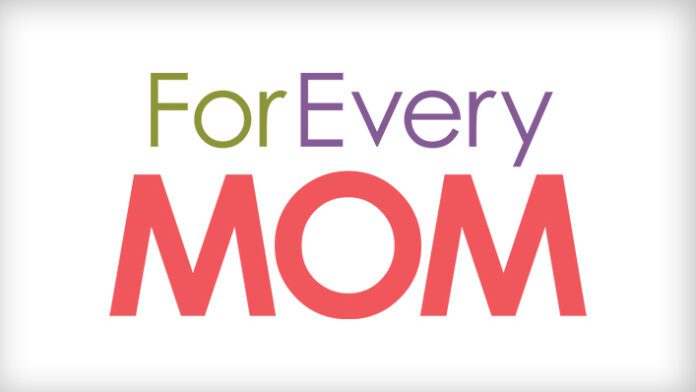With the prevalence of racial hatred in America and the fact that we are a transracial adoptive family, I wanted our children to have the vocabulary and be comfortable talking about race, culture, and the issues surrounding it.
To create a bridge to the deeper issues, we made it a point to talk about skin color first.
Preparing yourself to talk about skin tone.
Skin tone is created based on the amount of melanin each person has. That’s it.
Take race out of the entire equation and all you have is a gorgeous array of colors from light to dark.
Race is entirely different. It is a social construct built for the purpose of justifying the oppression of people. That is where the terms black and white came from. Those are terms describing race not skin color.
Learning more about the history of race will empower you with a healthier knowledge base about how race was created and also how it has affected life in the United States.
There is an excellent documentary called Race: the Power of an Illusion (you can find it at your local library, on facinghistory.org, or on California Newsreel) that goes through this history with an unbiased perspective.
Children acknowledge differences in skin tone without the racial undertones.
Your child sees everything around them with wonder, curiosity, and interest. What if you did the same?
Look at people, listen to people and embrace the beautiful diversity in our world.
Your child is looking to you to know how to act. If you turn away or avoid anyone who doesn’t look like you, your child will learn to do the same.
But if you engage, especially through the uncomfortable, you will begin to understand that we are all people. We are more similar than it might seem at first glance.
5 Ways to Develop Cultural Awareness at Home
- Read books about skin color. See a list of our favorite books below.
- Draw pictures of people. In The Colors of Us, the little girl draws all the people she saw from her walk through town. Have your kids draw or paint all kinds of people after you read the book.
- Name your own skin color. Pick beautiful descriptive words that truly describe the color of your skin. I like to call mine toasted marshmallow.
- Avoid saying all or never when it comes to groups of people. Focus on individuals. Be aware of how minority groups are talked about as a whole entity with the same thoughts and feeling, while white people are talked about on an individual level. This is apparent in the media.
- Be ready to ask questions as you read to see how your child thinks about skin color. It was so interesting during my class to get a glimpse into the mind of a child and become aware of what she was thinking. To learn more about how to engage in the conversation with your children, check out Raising Race Conscious Children.
Our favorite books about skin color that help us develop cultural awareness.
- All the Colors of the Earth
- We’re Different, We’re the Same
- The Colors of Us
- Shades of People
- The Skin You Live In
- All the Colors We Are
Loving others comes more easily when we take the time to build understanding and friendships will unfold in the glow of acceptance.
Our children can change the racial landscape around us as they grow because they will not stand for the anger and hate if we build in them the appreciation for all people.
Developing cultural awareness in our homes is one way we can change the world right in the middle of ordinary.
***
This article originally appeared at BeSimplyRooted.com, published with permission.


